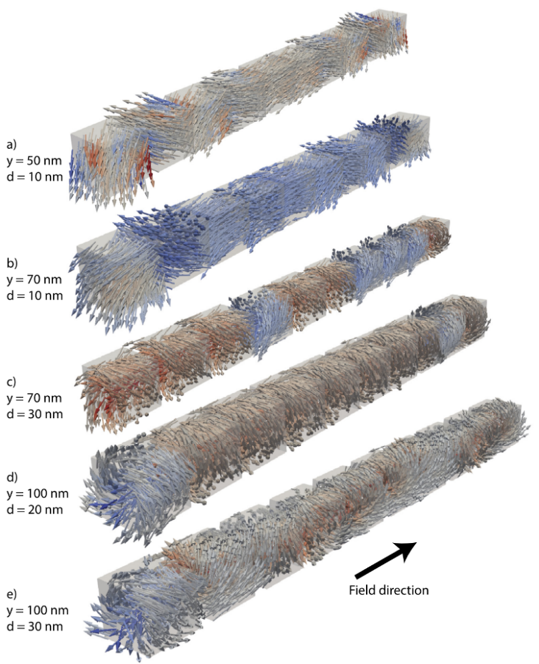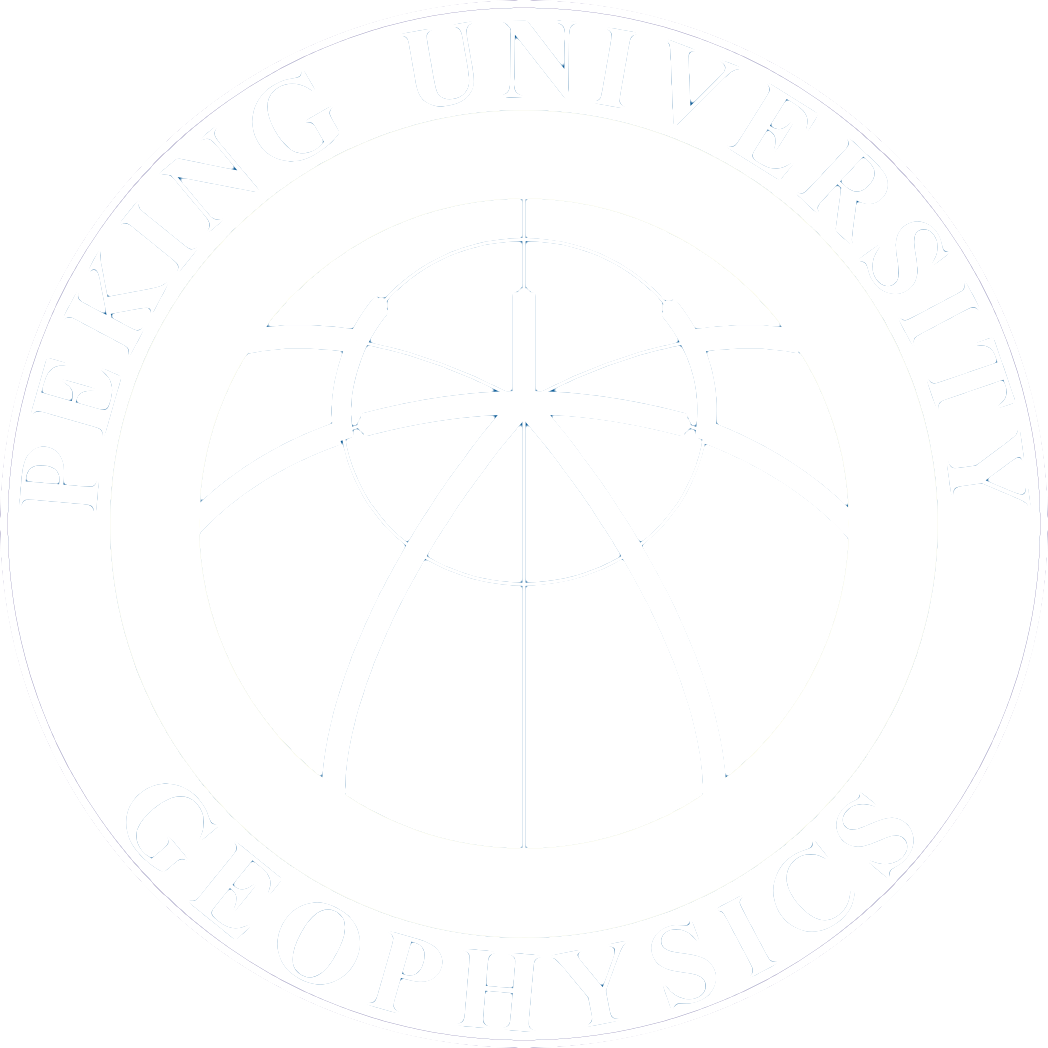2020-07-02
Simulations of magnetic particles produced by bacteria to understand past environments
Global climate change is one of the key challenges human society is facing in the present day. In order to understand and assess climatic and environmental changes, it is imperative to have a detailed understanding of the processes in the past that caused the Earth’s climates and environments to vary over time. Currently, there are various different means to study past environmental conditions: through various chemical, isotopic, and biological proxies. All of them have their particular merits and shortcomings, but one particular challenge most of them encounter is the fact that their detection and quantification is often laborious and time-consuming.
A promising solution to this dilemma is the use of magnetic palaeoenvironmental proxies: Since magnetic measurements are fast to perform, non-intrusive, and non-destructive, they in principle allow the creation of vast climatic/environmental databases from sediment cores in minimal time. Magnetosome chains produced by magnetotactic bacteria (MTB) are abundant magnetic minerals in sediments. They are not only excellent remanence recorders, but are also potentially important proxies for tracing environmental conditions. There is a wide variety of MTB species, each with their particular environmental preferences and with particular physical characteristics of the magnetic particles they synthesize. Moreover, it has also been observed that these physical characteristics may evolve in response to environmental conditions such as oxygenation, Iron availability, and organic carbon influx.
Variations of magnetotactic bacteria abundances, species, and magnetosome morphology are therefore highly sensitive indicators of past environmental conditions. Magnetosomes have very characteristic magnetic properties that can easily be detected using fast and non-destructive experimental magnetic techniques. While these techniques are efficient and well-established, a current is to not only detect magnetosomes, but on establishing quantitative relationships between magnetic signals (in particular magnetic hysteresis loops) to the physical characteristics of the magnetosomes (morphology) such as size and shape, etc.
Recently, a group of researchers from Peking University including Thomas Berndt, Liao Chang and Zhaowen Pei used micromagnetic finite-element models to simulate such magnetic signals for a large variety of magnetosome morphologies. They systematically explored the parameter-space of magnetosome crystal size, elongation and intra-chain spacing, which allowed to predict magnetic hysteresis loops for almost any conceivable type of magnetotactic bacteria. In a second step, in order to enable the inversion of magnetic data back to magnetotactic bacteria type, the group measured morphologies (size, elongation, inter-particle spacing) in transmission electron microscopy (TEM) images of various such bacteria. Doing this, they were able to show that some of the geometric characteristics of the particles these bacteria synthesise are correlated: in particular, bacteria that synthesise larger magnetic grains, tend to pack them tightly together (minimizing the “gap” between particles) – which has a profound effect on magnetic properties. Using these correlations, it becomes possible to quantify magnetosome morphology from simple hysteresis loops. Once the preferred environments of each bacteria type become better known from biological experiments, this provides pathway to use magnetic measurements as a paleo-environmental proxy.
The research was funded by a Boya Post-doctoral fellowship two National Natural Science Foundation of China grants (41722402 and 41974074).

Figure 1. Micromagnetic finite-element model of chains of magnetic particles (shaded grey) synthesized by magnetotactic bacteria. The arrows indicate microscopic magnetic moments inside the particles during a magnetic hysteresis measurement.
Berndt, T. A., Chang, L., & Pei, Z. (2020). Mind the gap: Towards a biogenic magnetite palaeoenvironmental proxy through an extensive finite-element micromagnetic simulation. Earth and Planetary Science Letters, 532, 116010. https://doi.org/10.1016/j.epsl.2019.116010
